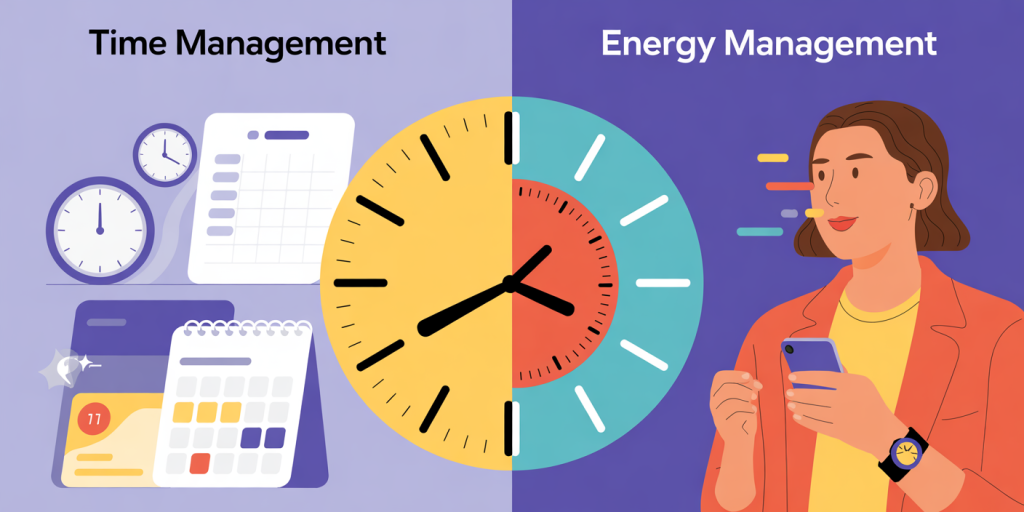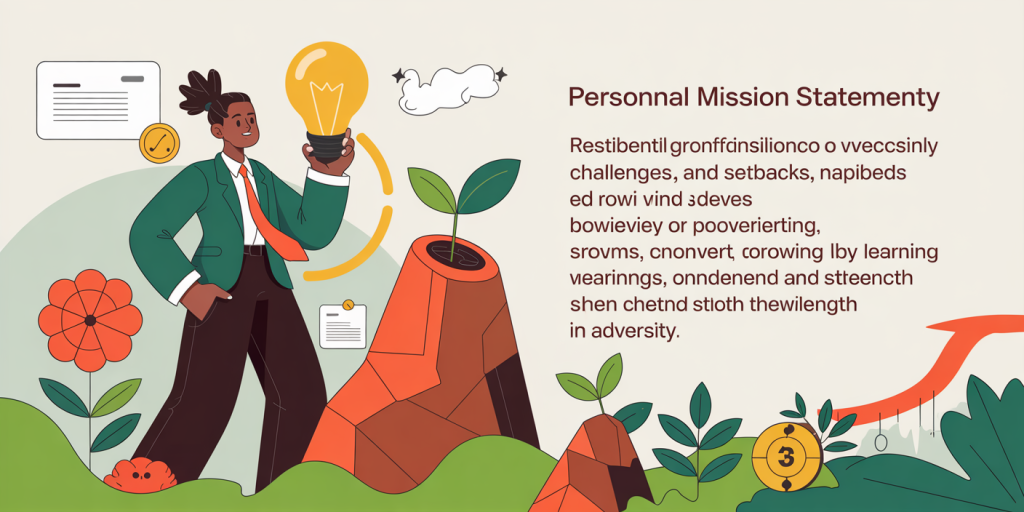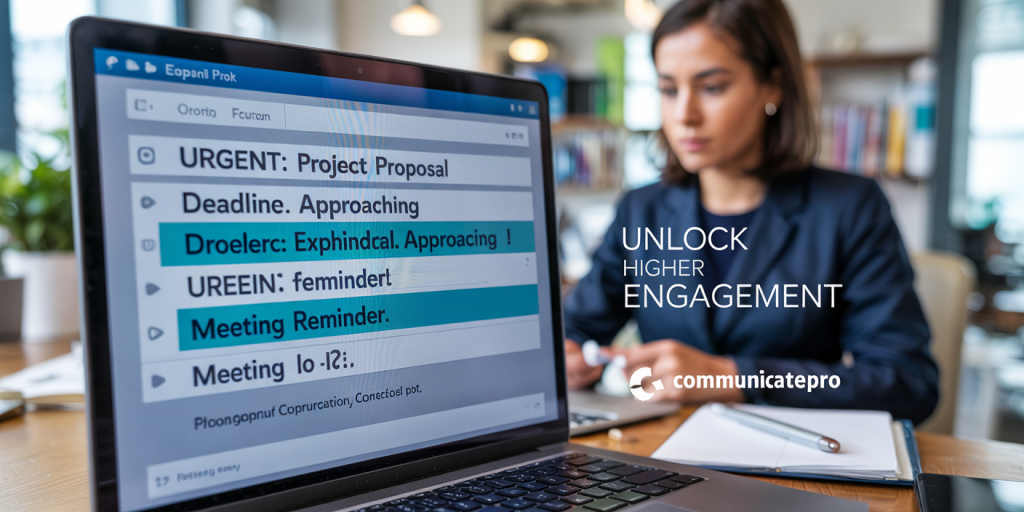In today’s fast-paced professional environment, meetings can either be a powerful tool to drive collaboration or a colossal waste of time that hampers productivity. According to a study by Harvard Business Review, employees spend nearly 23 hours per week in meetings, yet 71% of them find these gatherings unproductive (Harvard Business Review, 2017). As organizations strive to do more with less, mastering the art of running effective meetings is essential. This article delves into practical strategies and data-driven approaches that help leaders and teams conduct focused, efficient meetings without squandering valuable time.
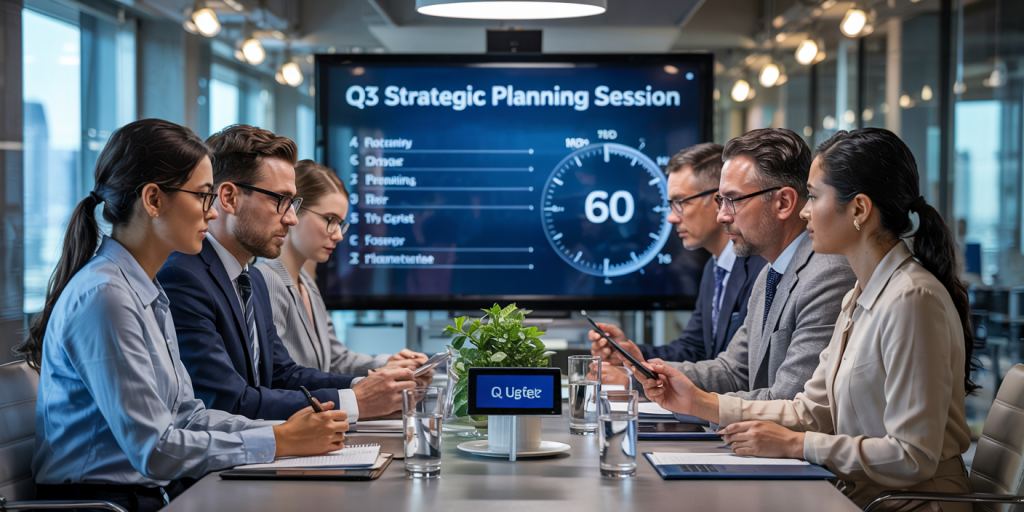
The Hidden Cost of Ineffective Meetings
Poorly managed meetings carry a considerable hidden cost. A report by Atlassian reveals that the average employee wastes 31 hours per month on unproductive meetings, which translates into billions of dollars lost annually for large firms (Atlassian, 2019). Beyond monetary loss, ineffective meetings drain participants’ motivation and hinder decision-making processes. A survey by Microsoft found that 39% of workers admit to multitasking during meetings, demonstrating disengagement and poor time utilization (Microsoft Work Trend Index, 2021).
For instance, a tech startup in San Francisco struggled with daily hour-long syncs that repeatedly cycled through the same topics without resolution. After implementing a strict agenda and time limits, they cut meeting time by 40%, resulting in quicker product development cycles and 25% growth in team satisfaction scores within six months. This example underscores that problem-oriented, solution-focused meetings are indispensable in boosting overall business performance.
Setting Clear Objectives and Agendas
One of the primary reasons meetings drag on is the lack of a clearly defined purpose. Before scheduling any meeting, clarifying its goal is crucial. Ask: Is this meeting to inform, brainstorm, make decisions, or resolve conflict? This distinction shapes the meeting’s structure and participant invitations. Without this clarity, meetings tend to become unfocused and redundant.

Creating a detailed agenda and distributing it in advance is a proven approach to increase meeting effectiveness. Research by the Society for Human Resource Management (SHRM) shows that meetings with pre-shared agendas are 39% more likely to end on time (SHRM, 2020). Agendas should list the topics, allotted times for each item, and the expected outcome. For example, a sales team meeting might break down the agenda into market updates (10 minutes), pipeline review (15 minutes), and action planning (10 minutes).
To illustrate, Salesforce applies a “standout meetings” structure that mandates agendas shared 24 hours prior, limiting presentations to under 10 minutes, and advocating questions only during Q&A time. This resulted in a 20% reduction in meeting duration and a 15% increase in participant engagement (Salesforce Internal Report, 2022).
Limiting Attendees to Essential Participants
Often, meetings include more people than necessary, leading to diluted discussions and longer duration. It is essential to invite only stakeholders who are directly relevant to the meeting’s objectives. The “less is more” principle can prevent redundancy and focus conversations.
A practical example comes from McKinsey & Company, where project leaders carefully select attendees based on their role and input to the agenda topics. Routine team syncs, for instance, involve just core members along with subject-matter experts when needed, while larger all-hands meetings are reserved for broader updates. This differentiation helps keep meetings targeted and concise.
Below is a comparative table outlining the difference meeting size and relevance have on effectiveness:
| Meeting Type | Average Attendees | % Meetings Ending on Time | Reported Productivity Rating (1-10) |
|---|---|---|---|
| Small (5 or less) | 4 | 82% | 8.5 |
| Medium (6-10) | 8 | 65% | 7.0 |
| Large (11 or more) | 15 | 42% | 5.4 |
(Source: Meeting Metrics Annual Survey, 2023)
Establishing Time Boundaries and Format
Time management is one of the most critical factors influencing meeting effectiveness. Setting start and end times—and strictly honoring them—creates accountability. Polling data from Bain & Company demonstrates that meetings with rigid time limits last 25-30% less, without negatively impacting decision quality (Bain & Company, 2021).
Using meeting formats that enforce discipline can bolster this effort. For instance, “stand-up meetings,” popularized by Agile teams, limit discussions to 15 minutes with participants standing to discourage lingering conversations. Zoom meetings can benefit from similar rules by adopting digital timers and assigning timekeepers.
In a real-world case, a multinational consulting firm introduced a “15-minute rule”: if the agenda can’t cover all items within the set time, it’s rescheduled or deferred. As a result, their average meeting duration dropped from 55 to 39 minutes, a 29% reduction, while reportable employee satisfaction increased by 18% over 12 months (Consulting HR Report, 2022).
Encouraging Active Participation and Decision-Making
Engagement is often overlooked, but it is foundational to effective meetings. Passive attendance leads to multitasking and loss of focus. Facilitators should encourage participation by asking open-ended questions, inviting input from quieter members, and summarizing points throughout.
Decision fatigue can drain productivity, so it is vital to identify what decisions need to be made during the meeting and empower members to act decisively. Using decision matrices, such as RACI charts (Responsible, Accountable, Consulted, Informed), ensures clarity regarding roles and next steps.
A practical example comes from Google’s project teams, which employed a “decider” role rotating between members responsible for final decisions on given topics. This responsibility-sharing increased decision speed by 35% and reduced follow-up meetings by half over a six-month period (Google Work Practices Review, 2020).
Leveraging Technology and Tools for Efficiency
Digital tools play a pivotal role in creating time-efficient meetings, especially in remote or hybrid settings. Platforms like Microsoft Teams, Zoom, and Slack now incorporate features such as real-time transcription, shared digital whiteboards, and integration with calendars, all designed to streamline communication.
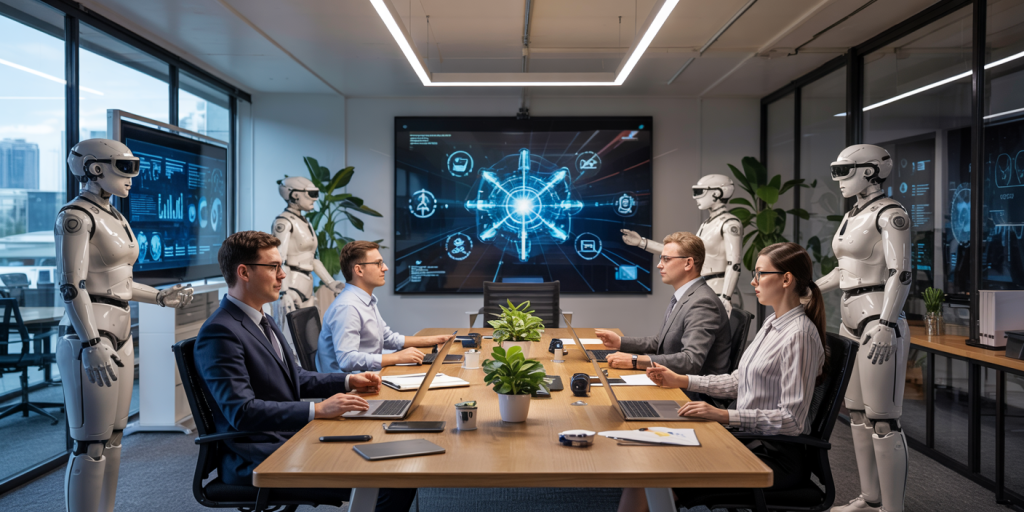
Besides, collaboration tools such as Trello or Asana enhance post-meeting productivity by tracking assigned tasks and deadlines. Gartner reports that companies using integrated meeting and project management tools see a 22% increase in task completion rates (Gartner, 2023).
For instance, a financial services firm adopted a meeting management tool that automatically generates agendas, sends reminders, records decisions, and assigns action items with deadlines. This automation reduced their meeting-related emails by 40% and increased compliance with action follow-ups by 52% within a year (Financial Times Report, 2023).
Future Perspectives: The Evolution of Meeting Culture
Looking ahead, the concept of meetings is evolving with advancements in artificial intelligence (AI) and virtual reality (VR). AI-powered assistants are being developed to summarize discussions, highlight action points, and provide analytics on participant engagement. This will further reduce administrative overhead and ensure follow-through.
Moreover, organizations are moving toward asynchronous communication models, where updates and feedback happen outside strict meeting times through video messages or collaborative documents. This hybrid model offers flexibility and respects varied working styles and time zones.
As companies adopt these innovations, the focus on meeting quality over quantity will intensify. Data analytics combined with employee feedback loops will shape customized meeting practices that align with specific team dynamics and goals, creating a culture of purposeful collaboration.
In summary, running effective meetings that don’t waste time involves purposeful planning, limiting participants, strict time management, active engagement, and leveraging technology. By continuously refining these elements and adopting future innovations, businesses can reclaim wasted hours and transform meetings into engines of productivity and innovation.






















